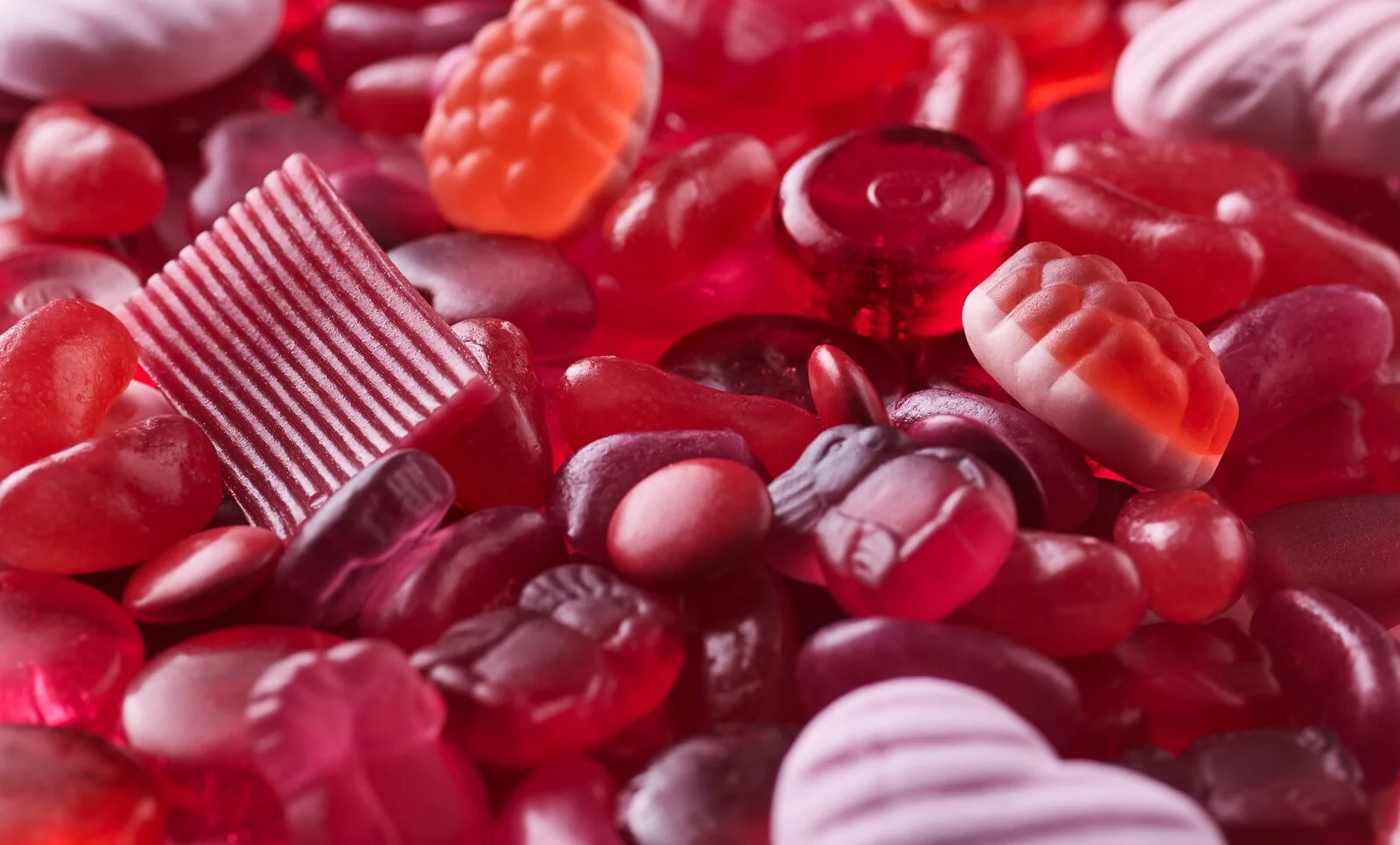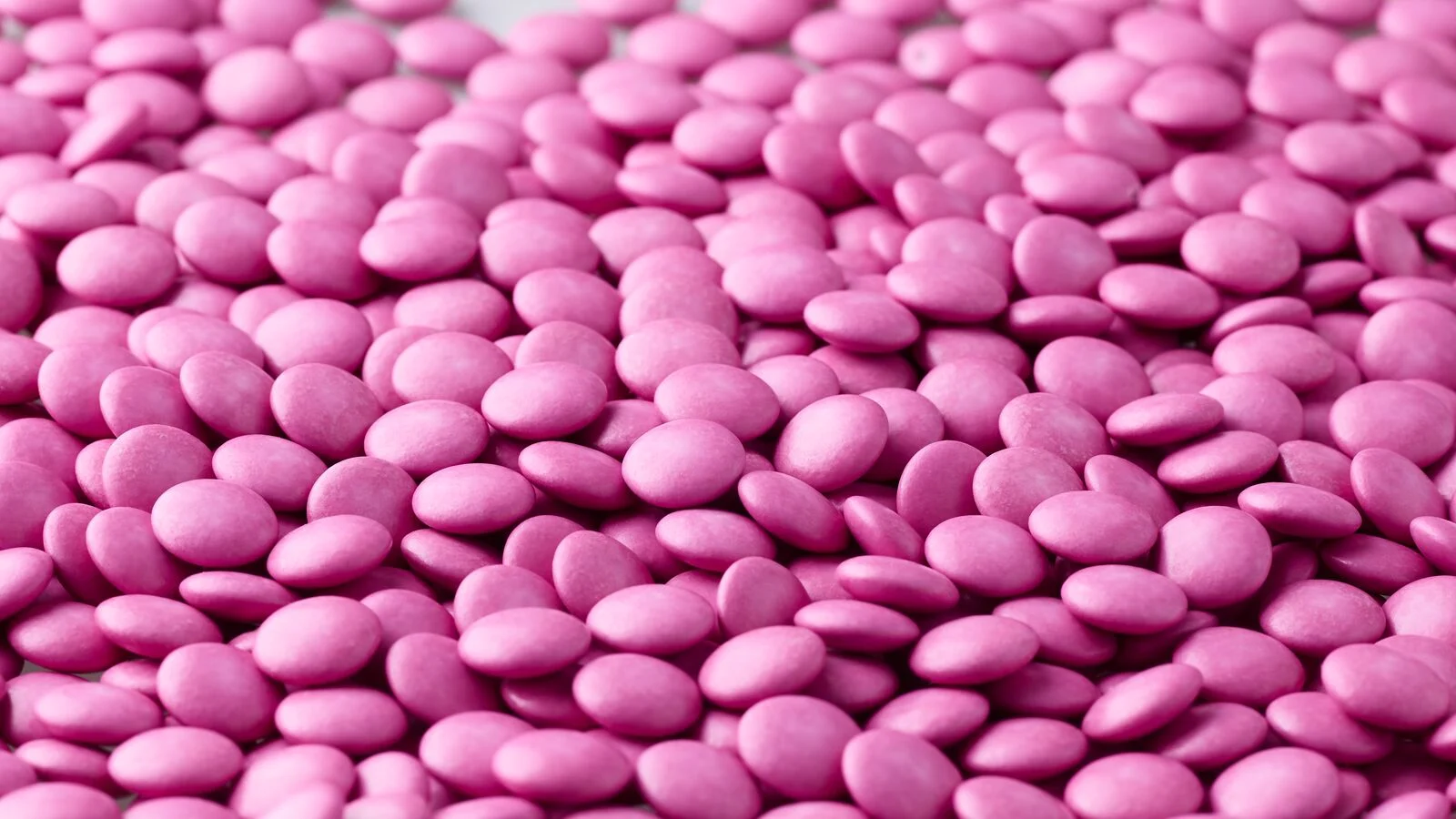Article | Mar 04. 2025 - 12:50PM
What’s driving the move to natural colors in the US?
New legislation has been proposed in many US states following California's lead
Norah Burton
Regulatory Specialist, US
Consumers and legislators in the US are questioning the use of artificial dyes in food and drink applications. We asked Oterra’s Norah Burton, a regulatory specialist for North America, to give an overview of what is happening and what the consequences might be.
The FDA’s decision to withdraw authorization of FD&C Red 3 in the United States has happened reasonably quickly, with actions by several states, led by California, preceding the decision.
And this week West Virginia passed legislation to ban Red 3, Red 40, Yellow 5, Yellow 6, Blue 1, Blue 2, and Green 3 in schools that could come into effect as early as this year. Once both the House and the Senate pass the same version of the bill, it will move to West Virginia Governor Patrick Morrisey’s desk for review and signature. Both houses also proposed banning these artificial dyes statewide, although that will come into effect in 2028.
In October 2023, California banned the use of Red 3 across the state, following up the year after with a ban on several artificial dyes in public schools. Along with Red 3, the state legislated against the use of Red 40, Blue 1 & 2, Yellow 5 & 6 and Green 3.
Earlier this year California Governor Gavin Newsom signed an executive order to continue investigating the adverse effects of artificial dyes.
California often leads in health matters and the question of whether artificial dyes belong in food and beverages has been no exception. In many states legislation has been introduced but not approved as yet. The states are introducing their own bills banning colors statewide and also school nutrition versions.
And many of the states are not just following California, they are also looking at the European decision to legislate artificial food dyes by adding prominent warning labels on the front of all products.
Proposed statewide bans
New York, Missouri, Kentucky, Arkansas, Delaware, Oregon, and Illinois have all introduced bills to ban Red 3 in their states. Indiana has introduced legislation to ban Red 3, Red 40, Yellow 5, Yellow 6, Blue 1, Blue 2, and Green 3. Oklahoma and Connecticut introduced legislation to ban Red 3, Red 40, Yellow 5, Yellow 6, Blue 1, and Blue 2 in their states.
Warning labels and school bans
New York, Virginia, Arizona, and Texas introduced a bill to ban Red 3, Red 40, Yellow 5, Yellow 6, Blue 1, Blue 2, and Green 3 in schools mimicking the California bill passed in 2024.
Rhode Island, Hawaii, and Vermont have introduced bills to ban Blue 1, Blue 2, Green 3, Red 40, Yellow 5, and Yellow 6 in their schools.
Connecticut introduced a bill to ban Blue 1, Blue 2, Green 3, Red 40, Yellow 5, Yellow 6, and Titanium Dioxide in schools and Iowa introduced a bill to ban Red 40 in schools.
Missouri has introduced legislation to add warning labels for products containing Red 40, Yellow 5, Yellow 6, and Blue 1. Florida introduced legislation to add warning labels for products containing Red 40, Yellow 5, Yellow 6, Blue 1, Blue 2, Titanium Dioxide
Global standards could be affected
The decision by the FDA may also influence global regulatory standards.
While other countries still permit the use of FD&C Red No. 3 (also known as erythrosine), the FDA's decision will mean food manufacturers need to comply to sell their products to the US market, impacting their production in terms of developing or reformulating their existing products.
The last time a similar impact of this scale for food additives was seen was the European Union's ban on titanium dioxide (TiO2) as a food additive in January 2022, which led to a large review worldwide with many countries forced to decide whether to follow the EU or not.
It is still early to say how the decision on Red No. 3 will impact other countries or regulatory references such as CODEX Alimentarius, but this will certainly not go unnoticed by consumers and regulatory agencies worldwide.
Where does this leave food manufacturers?
Unsurprisingly many food and beverage manufacturers are unsure about how to react to the current situation. Some have suggested that they will stop selling products in California, but this is likely only to be a temporary decision with so many states moving closer to enacting legislation.
The cost of running two separate production lines – one with and one without artificials is not an option.
The best answer is to move to natural colors that retain many of the advantages of artificial dyes, but with the benefits of being produced with natural raw materials that are in many cases minimally processed.
If your current focus is on the FDA announcement concerning Red 3 and its signature pink color, Oterra has natural solutions that offer beautiful alternatives. Switching to natural creates compliance with the FDA ruling and satisfies consumer demands for what they perceive as healthier, safer ingredients.
An Oterra survey from 2024 says 78% of US shoppers are somewhat concerned to fearful of them or their children consuming artificial colors. And a survey from NATCOL (the natural food colors association) in 2024 shows high percentage of US consumers associate natural colors with the words ‘natural’, ‘safe’, and ‘healthy’.
If you’re like many other brands looking ahead to replace all artificial colors, contact us to talk about the rest of our rainbow of natural options.
"The FDA's decision will mean food manufacturers need to comply, impacting their production in terms of developing or reformulating their existing products."
Want to know more? Contact us for more information
Contact Us
